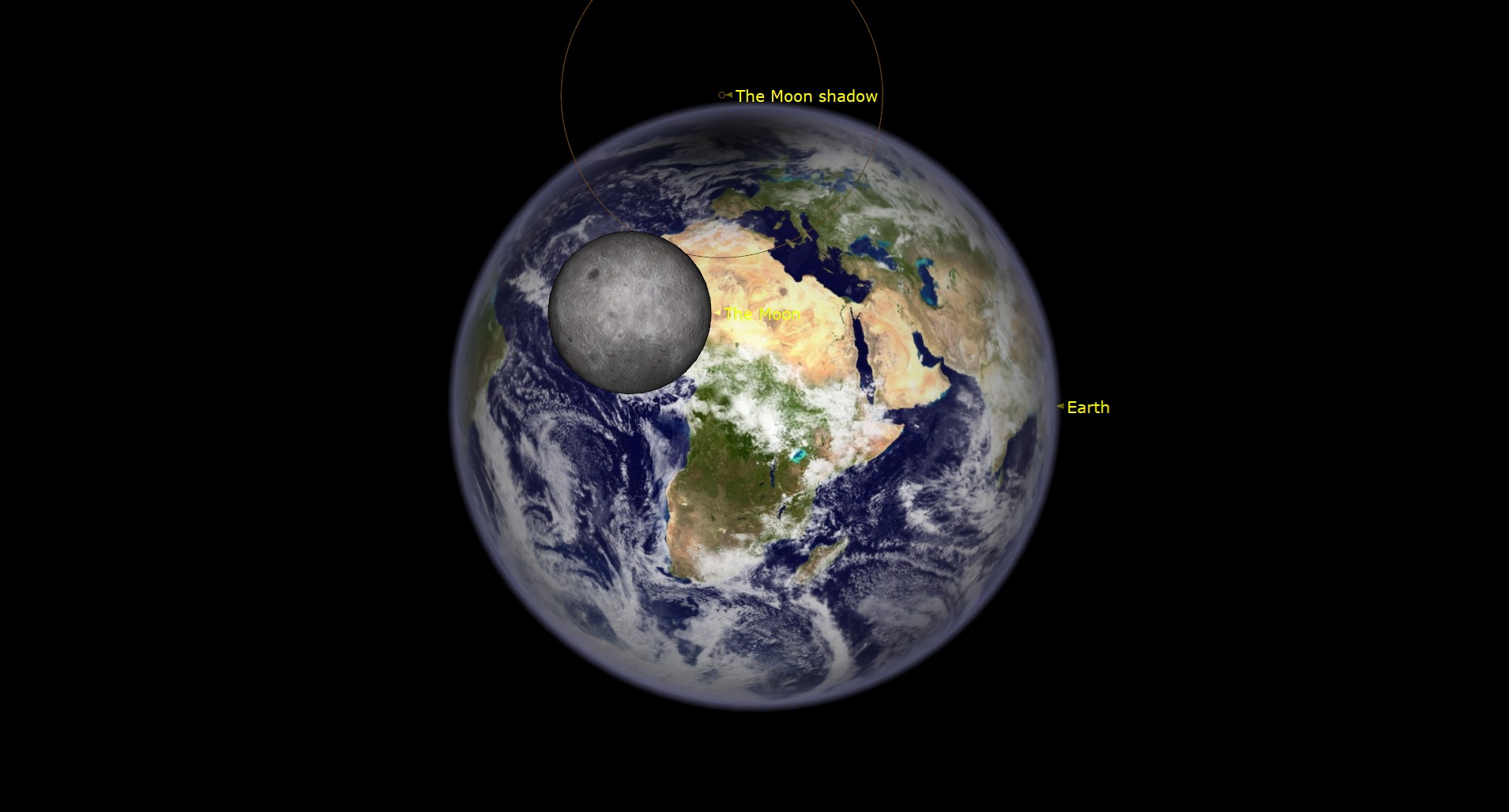Now Reading: Partial Solar Eclipse to Grace March 2025 New Moon Weekend
-
01
Partial Solar Eclipse to Grace March 2025 New Moon Weekend
Partial Solar Eclipse to Grace March 2025 New Moon Weekend

Quick Summary
- The new moon on March 29, 2025, will create a partial solar eclipse visible in northeastern north America, much of Europe, Russia, and as far south as Morocco.
- This astronomical event occurs when the sun, moon, and Earth align perfectly but without the complete darkening seen in total eclipses.
- Maximum eclipse visibility (about 90% coverage) occurs in regions such as northeastern Canada – Iqaluit being a key example with timings from sunrise at 6:02 a.m. to maximum eclipse at 6:51 a.m. local time.
- Other notable locations:
– Québec City: ~72% disk coverage; maximum at 6:32 a.m.
– Montreal & New York City: ~50% & ~22% coverage respectively.
– London (UK): Maximum of about 30% sun obscured by 11:03 a.m.
- Observers near sunrise or sunset may witness unique “solar horns” phenomena (crescent-shaped sun).
- Proper viewing precautions are essential to prevent eye damage; only use certified solar filters or specialized equipment.
Indian Opinion Analysis
The partial solar eclipse of March 2025 presents an possibility for global audiences to experience nature’s celestial choreography. While India is not within the zone for direct observation of this particular eclipse, such events heighten awareness and thankfulness for planetary science among it’s populace. with India’s advancements in space exploration via ISRO and increased interest from educational institutions encouraging STEM studies and astronomy clubs,eclipses provide significant inspiration for scientific curiosity.Moreover, promoting safe viewing practices aligns well with India’s commitment toward health awareness amid cultural traditions surrounding celestial events. Although indirect observation through virtual live streams is possible via global platforms like Space.com’s blog updates, India’s focus could turn toward advancements in satellite imaging technologies that enable precise predictions on their future occurrences-a boon for governance-enhancing inclusivity through rural outreach programs related to education around sciences.
Given India’s rising influence globally in space research efforts like Chandrayaan missions which explore lunar surfaces directly-a growing national footprint prioritizing planetary studies fosters international collaboration opportunities further too!

























